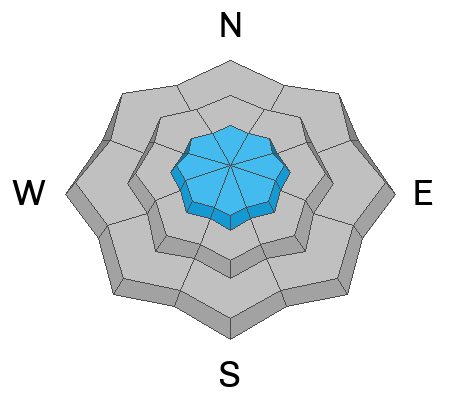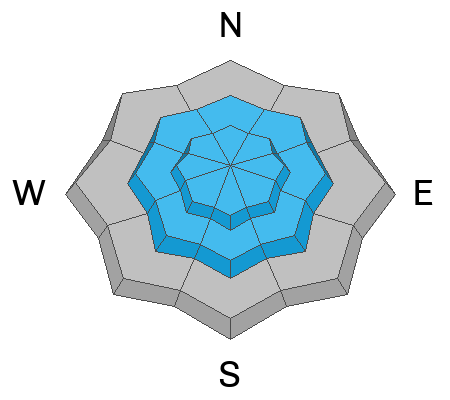Forecast for the Provo Area Mountains

Issued by Trent Meisenheimer on
Saturday morning, December 23, 2023
Saturday morning, December 23, 2023
The avalanche danger will likely rise to MODERATE across the mid and upper elevations as a small storm impacts the mountains of northern Utah.
Continue to maintain safe travel habits; this means exposing one person at a time to avalanche terrain, having someone watch them from a safe location, and not traveling above or below other parties.

Low
Moderate
Considerable
High
Extreme
Learn how to read the forecast here








